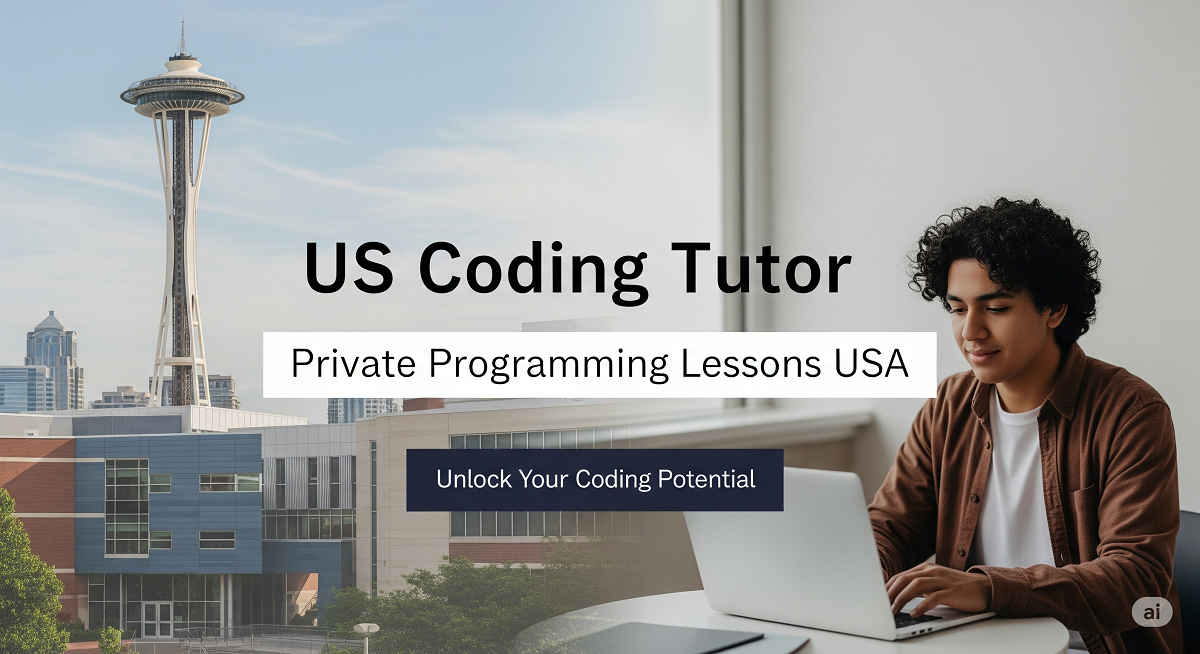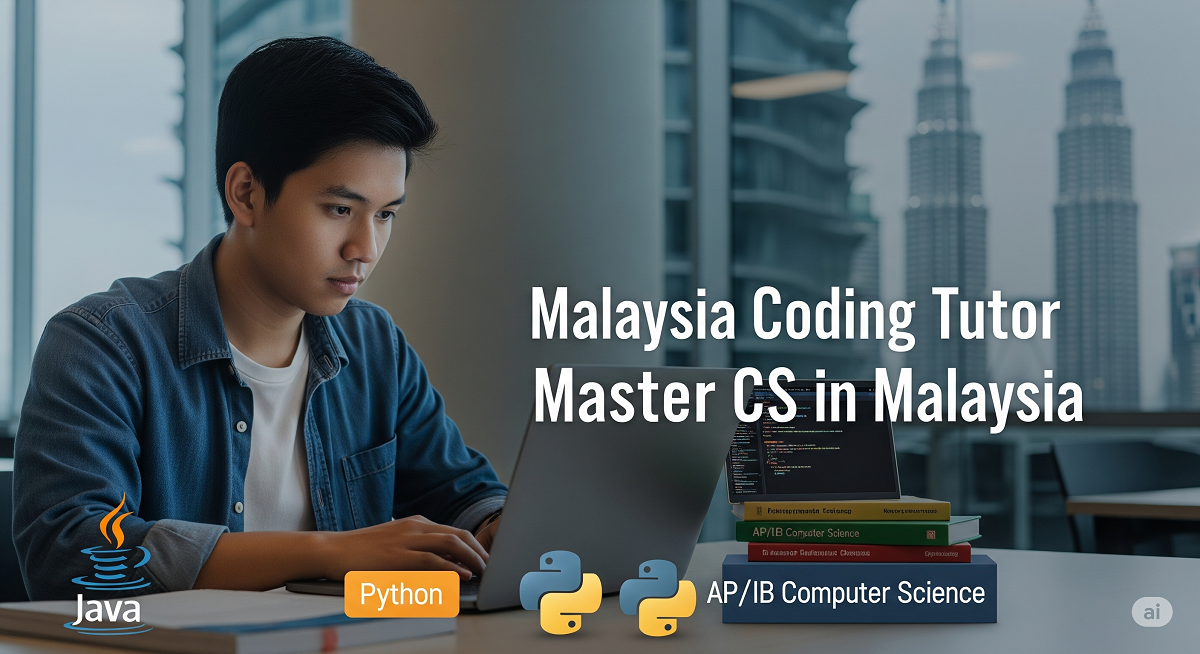When Generative AI Becomes a Crutch: How GPT‑4 Can Harm Learning
Introduction
Generative AI tools like OpenAI’s GPT‑4 are heralded as smart tutors—but a large randomized controlled study in Turkish high schools reveals a deeper truth: without careful design, AI assistance may boost short‑term performance yet erode long‑term learning.
1. What the Study Did
Over ~1,000 ninth-, 10th- and 11th‑grade students practiced math with one of three setups:
-
No AI tools,
-
GPT Base: a standard ChatGPT‑style tutor,
-
GPT Tutor: a GPT‑4 interface guided by teacher‑designed hints and restricted from giving full solutions Axios+1The Hechinger Report+1static1.squarespace.com+14SSRN+14TIME+14Newvick's blog+1LinkedIn+1.
2. Practice vs. Exam: The Contrast
-
Practice session scores jumped by 48 % (GPT Base) and 127 % (GPT Tutor).
-
But when AI was removed for a follow‑up exam, GPT Base students scored 17 % worse than control; GPT Tutor users showed no drop LinkedIn+6SSRN+6Newvick's blog+6.
3. The Crutch Effect
Analysis of student-AI chat logs shows GPT Base users typically asked “What’s the answer?” or copied it verbatim—suggesting low engagement. That reliance reduced their ability to independently solve similar problems later The Hechinger ReportLinkedIn.
4. Why GPT Tutor Performed Better
GPT Tutor’s prompt design included:
-
Built‑in correct solutions and common mistakes,
-
Incremental hinting rather than full answers,
-
Socratic guidance tailored to student responses.
This fostered deeper engagement and preserved exam performance levels WIRED+1Axios+1.
5. Overconfidence & Misperception
Despite poor outcomes, GPT Base users often believed they had learned well. Even GPT Tutor users felt better prepared—though actual improvements were modest. This disconnect can lead to misuse of AI tools The Hechinger ReportLinkedIn.
Conclusion: Design Matters
Generative AI can improve immediate task performance—but without guardrails, it risks substituting itself for human effort. Thoughtful design that prompts reflection and scaffolded learning is essential to ensure AI supports rather than undermines learning.
📘 Refined Blog Post (Improved Version)
Title: Generative AI Tutors: Boost Practice Scores—or Harm Learning?
Generative AI tools like GPT‑4 are championed for enhancing productivity—but a major RCT in Turkey reveals a hidden hazard: AI that seems like a tutor can undermine real learning.
Classroom Experiment
Nearly 1,000 students were randomly assigned to one of three learning arms:
-
Traditional study with notes and textbooks,
-
GPT Base: a ChatGPT-style assistant that often gives direct solutions,
-
GPT Tutor: a carefully engineered version that offers hints only based on teacher‑provided solutions and common errors LinkedIn+2PNAS+2Axios+2Knowledge at Wharton.
Performance Clear As Day
-
Practice performance soared—+48% for GPT Base, +127% for GPT Tutor compared to control.
-
But on the unassisted exam, GPT Base students scored 17% lower than control; GPT Tutor students performed on par with control SSRNhamsabastani.github.io.
Why the Drop? The “Crutch Effect”
GPT Base students predominantly asked for answers and copied them, engaging less with problem-solving. As a result, they lacked the skills to perform independently later on The Hechinger ReportLinkedIn.
GPT Tutor Avoided This Pitfall
By withholding full solutions and instead guiding students step-by-step—based on teacher input—the GPT Tutor version encouraged active cognitive engagement, helping students to internalize methods rather than rely on the AI hamsabastani.github.ioLinkedIn.
Confidence Doesn’t Always Align With Competence
Students using GPT Base believed they had learned effectively—despite underperforming. Even those with GPT Tutor overestimated their exam outcomes. This mismatch of subjective confidence vs. objective performance is dangerous static1.squarespace.com+2LinkedIn+2Newvick's blog+2.
Takeaway: AI Integration Isn’t Plug & Play
Generative AI can support learning—but only when used purposefully. Interfaces must avoid enabling answer-seeking shortcuts and instead stimulate reasoning. Otherwise, short-term gains may shadow long-term losses.
Source : Research paper








